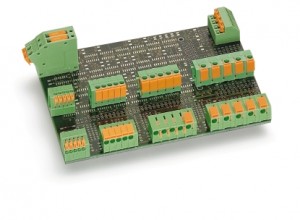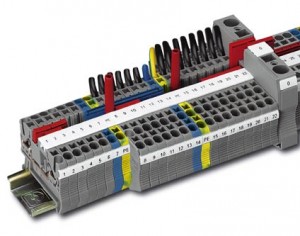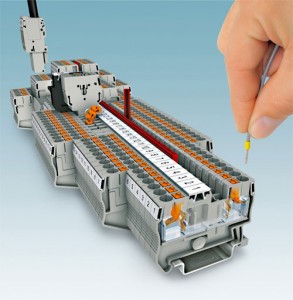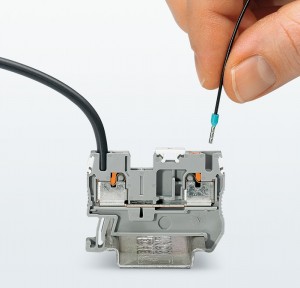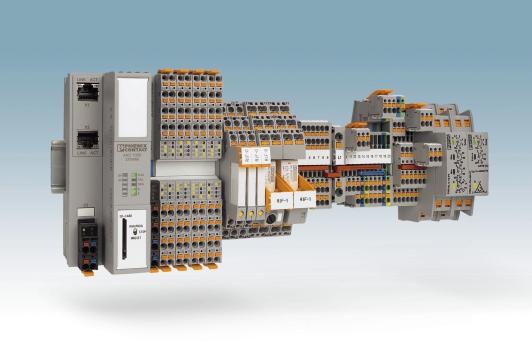From the most reliable UK – Universal Screw terminal blocks to advance spring technology terminal blocks, Phoenix Contact has successfully developed and produced terminal blocks over the past90 years.
As terminal block innovation is the heart and soul of our company, Phoenix Contact never fails our customers with new terminal block innovations over the decades.
Beginning with out inversion of the modular terminal block in 1920’s, Phoenix Contact has continually prided ourselves on representing the vanguard in connection technology.
Now with our Push-in (PT) terminal blocks again set the standard for reliable, easy-to-use wire terminations. There is truly something special about this product and I would like you to spend 5 mins and walk through with me the development of Phoenix Contact Push-in Technology.
- Year 1978 – Beginning of the “Push-in” technology development
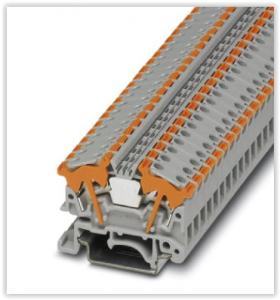
Started of with the FK 1,5 terminal block in 1978. Phoenix Contact created the first modular terminal block with a direct plug-in spring connection, designed to offer installation engineers an easy and safe conductor connection method.
At first, the product family was limited to just a few articles and not further completed because of the moderate demand on the market. But due to its handling and compact design, you are still able to find the FK 1,5 in elevator engineering, machine and system construction until today!
- Year 1985 – The acceptance of Push-in technology in the PCB market
While Phoenix Contact was ahead of its time with the development of the first Push-in modular terminal blocks, the terminal block initially found limited acceptance in the control cabinet wiring.
Device manufacturers, however, immediately took an interest in this connection technology for use in connecting electronic modules.
As a result, in the 1980s, Phoenix Contact presented COMBICON PCB terminal blocks with a simple push-in connection method. Inspired by this success, Phoenix Contact continue to press ahead with the development of spring connection technologies.
- Year 2004- Back to modular terminal block business
With the introduction of CLIPLINE Complete terminal block range in year 2000, Phoenix Contact introduce the DT- Direct Terminal range to the CLIPLINE Complete family in year 2004.
With the wide product range of DT terminals, the DT terminal blocks was a success as for Phoenix Contact as at that moment cabinet builders starting to appreciate innovative technology.
- Year 2009 – PT terminal blocks, the revolutionary Push-in terminal blocks!
With over 36 years of experience in Push-in technology, Phoenix Contact never stop developing innovative ideas and solutions to the market. In year 2009, we proudly introduce our new PT- Push-in terminal block in a new brand new design.
Thanks to the integrated push button, PT terminal blocks not only increased the safety standards required; PT terminal blocks also allows easy conductor removal with no special tools required.
With 50% lower in insertion forces and the pull out forces are 500% higher than what IEC standard requires, Phoenix Contact PT terminals are able to provide more advantages and installation conveniences to its user in every sector of all the industries.
Also thanks to the standardized accessories from CLIPLINE Complete, Phoenix contact managed to bring the push-in technology to another level.
- Today – Push-in, More than just terminal blocks
Today, you can also find Push-in Technology in most of the Phoenix Contact product range, from passive terminal blocks to active PLC controllers; from traditional relay blocks to advance surge protecting devices. Phoenix Contact is able to offer you a full range of devices with implemented Push-in Technology connectors!
Feel free to contact us at marketing@phoenixcontact.com.sg to find out more!


